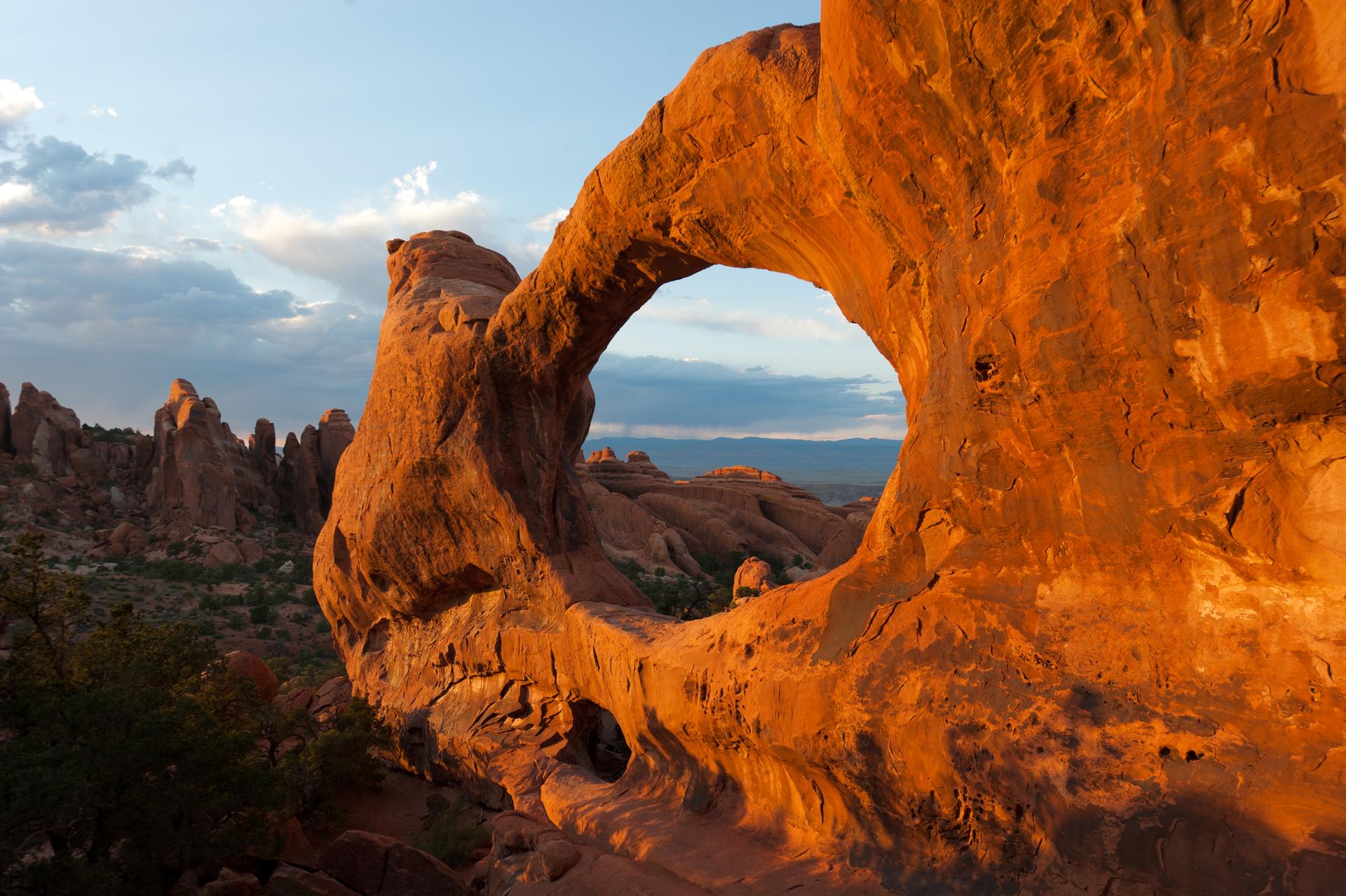Under Biden, US Interior Department will undergo a major directional shift
If Rep. Deb Haaland is confirmed as President Joe Biden’s nominee for secretary of the interior, she will be the first Native American in charge of the Interior Department, which, among many other things, oversees the Bureau of Indian Affairs.
Related: Deb Haaland will be first Native American to run Dept. of Interior
Sally Jewell, former secretary of the interior under President Obama, sees Haaland’s appointment as a great opportunity.
“During my time as secretary of the interior, one of the most rewarding parts of the job was getting to know the Indigenous communities within the United States,” Jewell says. “I came to deeply respect and appreciate the relationship of these Indigenous peoples to the land and their deep understanding of a landscape in balance.”
“There’s a concept of wilderness being ‘untrammeled by man,’ which is mythology,” Jewell continues. “It has been ‘trammeled by man,’ and lived in harmony by man since time immemorial — including in the United States, at least for parts of the country, since the Ice Age, tens of thousands of years ago. So, I hope that the Department of the Interior rebuilds that respectful relationship. And if Congresswoman Haaland is confirmed as secretary, I know that will be a priority of hers.”
The Interior Department manages more than 400 sites and 85 million acres in the National Parks System and includes the Fish and Wildlife Service, which oversees endangered species protections and administers roughly 150 million acres in the National Wildlife Refuge system. The secretary of the interior also has final say over the quarter of a billion acres of public lands handled by the Bureau of Land Management, including whether or not those lands — and offshore areas — can be mined for coal, gas, and oil.
Following the lead of President Biden, Haaland is expected to move to reverse former President Donald Trump’s extraction-friendly agenda and focus on ways the Interior can work to mitigate or forestall some of the worst effects of climate change.
“The 20% of US lands that are under the department’s jurisdiction…are massive forests and reservoirs for carbon sequestration. … They are national parks and protected lands and wildlife corridors that are absolutely critical to biodiversity, especially at this time of climate change.”
“The 20% of US lands that are under the department’s jurisdiction, in addition to the additional 10% that is under USDA and the Forest Service, are massive forests and reservoirs for carbon sequestration,” Jewell says. “They are wetlands and dunes and mangroves and wildlife refuges that protect inland communities from coastal flooding, and sea-level rise. They are national parks and protected lands and wildlife corridors that are absolutely critical to biodiversity, especially at this time of climate change. So Interior’s role is multifaceted.”
Interior also plays a major role in mitigating climate change by finding alternative sources of energy to fossil fuels and working to shift the US from its dependence on fossil fuels to non-carbon emitting sources of energy that, Jewell says, are “really critical for our economy.”
And in this era of great political division and the COVID-19 pandemic, public lands have become more important to more people, Jewell notes.
“They have always been America’s public lands — not Republican national parks and public lands, or Democratic, but America’s public lands,” Jewell says. “And I think that’s really important. I will say that how we use our public lands and who owns them and what that means is not universally understood in the same way across the country.”
“[O]ne of the great blessings that we have as Americans is that the best places around our country were not set aside for kings and queens and nobility, as they are in so many other parts of the world. The best places were set aside for all of us, through our public lands, the crown jewel of those being our national parks.”
Nevertheless, she adds, “one of the great blessings that we have as Americans is that the best places around our country were not set aside for kings and queens and nobility, as they are in so many other parts of the world. The best places were set aside for all of us, through our public lands, the crown jewel of those being our national parks. And I hope that, as we look to the future, we recognize that value and we care for these places.”
Related: Americans are proud of their national parks and are willing to pay more to preserve them
When making difficult decisions as secretary of the interior, Jewell kept a proverb in mind: “We don’t inherit the earth from our ancestors, we borrow it from our children.”
“When you think about that and you think about the difficult decisions that you have to make, it gives you a different lens that says, ‘This is not just for today. These decisions are going to impact generations yet to be born.’ And am I thinking about that in all of the work that I do every single day in stewarding these resources forever?
This article is based on an interview by Bobby Bascomb that aired on Living on Earth from PRX.
